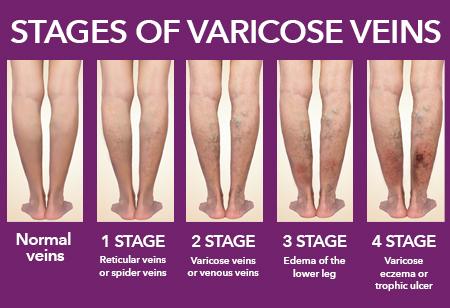3. You suddenly have blurred vision and tingling, numbness and weakness in one side of your body. You may also feel confused.
Dr. Rogers says these symptoms can be caused by a stroke, which is a medical emergency. There are two kinds of stroke. An ischemic stroke is when your brain isn’t receiving enough oxygen due to a blockage. A hemorrhagic stroke is when a blood vessel in the brain bursts.
A stroke is an emergency because it can cause brain tissue to die and can lead to permanent disability, brain damage or death.
Urgent treatment is essential if you want to prevent lasting harm, so call 911 if you or a loved one are experiencing signs of stroke. Learn about a new less invasive method to prevent strokes called TCAR.
4. You experience sudden, severe abdominal and back pain.
Dr. Rogers explains that an aneurysm is a weakening of the arterial wall, which can become so thin that it balloons. While most aneurysms occur in the aorta, they can happen in any artery throughout the body, including in the brain, leg or heart. Aneurysms are dangerous because if they rupture, they can cause life-threatening bleeding.
If you have a small aneurysm, you may not experience any symptoms at all.
At HonorHealth Heart Care, we are able to fix complicated aneurysms with minimally invasive, leading-edge treatments," says Dr. Rogers.
Preventing vascular problems
While some conditions are hereditary, there are many things you can do to help prevent vascular problems. They include:
- Not smoking
- Managing high blood pressure and high cholesterol
- Maintaining a healthy weight
- Controlling diabetes
- Exercising

